In this blog post, Abhiraj Thakur, a student of NALSAR University of Law, sums up the loopholes of the 2006 draft Tribal Policy of India in the form of five questions. These questions stand at the heart of very purpose of this policy and while exploring their answers, one realizes why our country till today has not been able to uplift the depressed tribals.
While conquering new lands in the subcontinent, the British came across people who they thought were quite distinct. Being primarily forest dwellers and living a community life, these communities spoke different languages, wore unusual clothes, depended on forests for necessities and most importantly, loved their aloofness from the world. Not being able to deal with such diversity, the British stigmatized these communities as ‘Tribes’ and the members became ‘Tribal’. After the departure of the British, the government of India tried to deal with tribals by framing certain policies claiming that they were for the welfare of these tribals. For the first time after about 60 years of independence, the government of India drafted the tribal policy. The National tribal Policy will serve as the guiding light for the Indian state in dealing with tribal.[1]The tribal policy was formulated in 2006 with the proclaimed motive of welfare of about a 100 million tribals of India[2] and since then, it has not been finalized or passed.
The that the substantial issues with the tribals still remain as it is. Some of the issues I am talking about are:
Where is Self-governance?
When it comes to tribals, the greatest issue has always been that of preservation and nourishment of their distinct culture.[3] Tribal life has always been dominated by their customs and practices that are quite different from the state and for this, autonomy is of prime importance for them.[4]
The primary claim of the 2006 policy was that it introduced autonomy and self-governance whilst addressing various concerns. It claimed an enabling framework for self-governance with the primary focus being retaining culture and tradition while entering the mainstream. By the virtue of the policy, The Tribes Advisory Committee (TAC) was to be constituted in those states having the fifth schedule[5] applicable. This was considered a remarkable step in the direction of inclusion of tribes in the mainstream along with preserving the autonomy. But simultaneously, a provision was made that the Governor could promulgate regulations regarding the tribals at his discretion and could set aside any rule or legislation made by the Parliament. Further, the executive power of the state could control and guide the state administration of tribals. Then what is the need of Schedule Five for tribals? Is it nothing but a mere ploy in the hands of the bureaucrats? Interestingly, the policy notes the presence of TACs only in Scheduled areas, which is not true as there are TACs in Tamil Nadu and West Bengal.[6]
Who is a tribal?
Defining the term and identifying its characteristics has forever been an empirical problem for academicians. It is to be noted that the policy describes tribal communities as ones that are known to dwell in compact areas, following a community way of living which is in harmony with nature, and having a uniqueness of culture, distinctive customs, traditions, beliefs and practices which are simple, direct and non-acquisitive by nature’. Leading columnist Vinay Kumar Shrivastava puts forth an interesting argument that such a representation of tribes is similar to the image portrayed by anthropological writings and coffee table books which serve their own interests through a ‘bizarre’ representation by keeping them frozen in representations of ‘oddities’.[7] The picture in the policy is such a frozen picture of tribes. No more are tribal communities is “compact areas” leading a “community way of life”. Tribal life is disintegrating to the extent that people are moving out in search of opportunities. Almost 55.6 percent of the people permanently displaced from their permanent habitat are tribal.[8]
Further, what the policy fails to acknowledge is that such migration away from their permanent settlement, once done does not recognize them under its applicability. The ridicule, torture, and embarrassment that they face are to be still ethnographically captured. The policy needed to address these people in specialty given that their numbers is on a substantial rise. This can only be done by treating the tribal world perpetually in dynamism as compared to having a static, frozen image accompanied by imposed primitivism and backwardness.
Particular Attention needed for some tribes
Noticing the increasing diversities amongst STs, there is acknowledgement of the same in the policy with the qualification that there are some upliftment programs like education which apply to all. However, some tribes, as compared to others, face very specific problems because of their historically conditioned existence which leads to their stigmatization. To name a few are the Bhils and Banjaras and other semi-nomadic and nomadic communities. The suffering of dehumanization and stigmatization needs very specific designs or categorization to address the problem. Even though Section 20 of the policy talks about nomads very briefly, what is needed is a separate section for their inclusion in the right way rather than placing them under a section which does not justify them.
What about The non-scheduled tribes?
The 2001 census of India identified 8.2 percent of the population as scheduled tribes.[9] There are also non-scheduled tribes that cannot avail the positive benefits of schemes for tribal welfare. The list of tribes – scheduled and non-scheduled is not available as public information. But based on the report, the Scheduled Tribes, by the Anthropological Survey of India, it is evident that non-scheduled tribes constitute another 8.2 percent of the population. The article uses two sets of data and a mathematical analogy to finally deduce that the number of scheduled tribes is equal to the number of non-scheduled tribes. Not being recognized by the government means an exclusion of the latter from all formal policies and programs which lead to tensions on two levels – one among the tribal groups and one between the tribals and the government.
Is policy a failure?
For any public policy, it has to deal with two things: One is ‘Need’ and the other is ‘Target’. The policy for the tribals must be need-based and not target based. As Michel Foucault puts forward in his ‘Foucauldian notion of governmentality’, the false belief that to every problem there is an efficient technocratic solution to which the society is responsive. The story of tribal policy can be by and large described in this one line. Pitting modern against traditional disrupts communities and targeted interventions disregard cultural specificity. Policies are “transferred without modification from culturally and environmentally different plains areas”[10] and implemented by “poorly trained and culturally prejudiced non – tribal officers.” To overcome the inconsistency between policy and needs, tribal development needs to be united in the claim for participation. There was no community inclusion in planning and implementation, leaving such communities not only suffering deprivation, but deepening deprivation, without any democratic space to challenge it.
On sifting through the relevant sections of the National Tribal policies, these five questions put a blot on the face of Indian Democracy. At the end, it can very well be said that in long run, such policies can never succeed in their substantive goals. In fact, much is needed for igniting a sense of awareness among the people about the tribals. Through such faulty policies, the empathy for the depressed has ruptured. The know-how about tribals consists of legal jargon reasoning and the imposed definitions that have finally led to the misunderstanding of the primary object of tribal studies. It is not long before we realize, it is not assimilation or ‘integration’ into the larger whole[11] that should be the ultimate target but preservation and upliftment through awareness. It has to be a step by step process.
[1] National Tribal Policy Policyed To Address Developmental Issues Of Tribals, July 21, 2006, Press Information Bureau, Government of India. See http://www.pib.nic.in/newsite/erelease.aspx?relid=18976
[2] National Tribal Policy Soon, The Hindu, October 10, 2006. See http://www.thehindu.com/todays-paper/tpnational/tp-tamilnadu/national-tribal-policy-soon/article3058971.ece
[3]RuhiTewari, PolicyPolicy to Focus on Autonomy, The Indian Express Archive, August 15, 2013. See http://archive.indianexpress.com/news/policy-tribal-policy-to-focus-on-autonomy/1155582/
[4] ibid
[5] Provisions as to the Administration and Control of Scheduled Areas and Scheduled Tribes, Fifth Schedule, The Constitution of India.
[6] 22 Tribes Advisory Council, Ministry of Tribal Affairs, Government of India, Available at
http://www.tribal.gov.in/Content/Tribes%20Advisory%20Council.aspx
[7]Vinay Kumar Srivastava, Concept of ‘Tribe’ in the Policy National Tribal Policy, Economic and Political Weekly, Vol. 43, No. 50 (Dec. 13 – 19, 2008), pp. 29-35. 30
[8]AkshayaMukul, Nehruvian Approach to Tribal Policy, The Times of India, November 26, 2004. See http://timesofindia.indiatimes.com/india/Nehruvian-approach-to-tribalpolicy/pmredirectshow/936709.cms?curpg=2
[9]RanjitSau, Non-Scheduled Tribes, Economic and Political Weekly, Vol. 41, No. 33 (Aug. 19-25, 2006), p. 3550
[10]Satbir Singh, “Why we fight”: Policy & Planning in India’s Tribal Areas and the Search for ‘Inclusive Growth’, Section 4.2. See http://goo.gl/GbF7NL
[11] 14 Report Condemns India’s Policy Of Assimilation Of Tribals Into Mainstream, One World South Asia, February 9, 2011. See http://southasia.oneworld.net/news/report-condemns-indias-policy-of-assimilation-of-tribals-intomainstream#.UxyeIPmSySo
 Serato DJ Crack 2025Serato DJ PRO Crack
Serato DJ Crack 2025Serato DJ PRO Crack


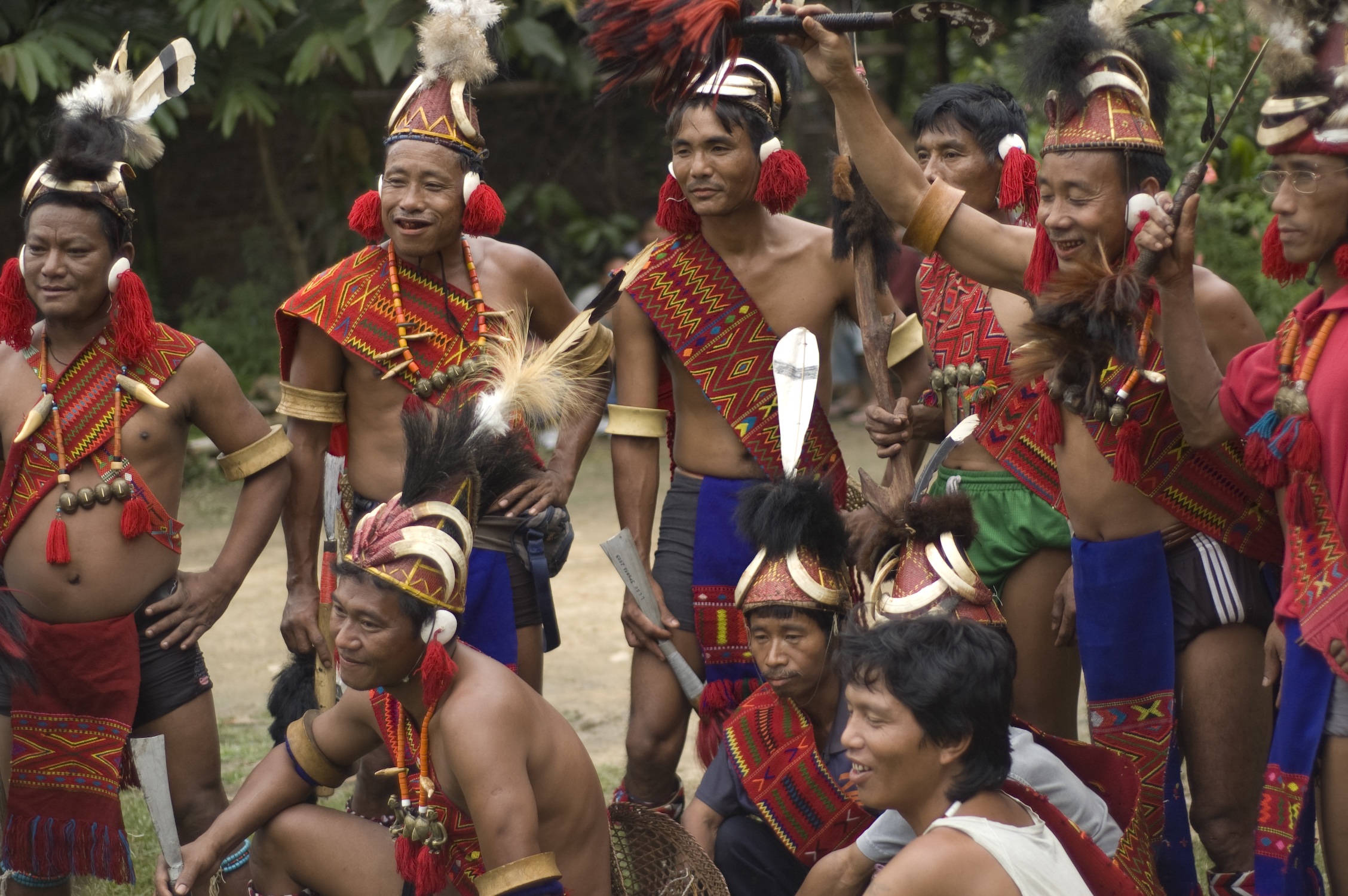


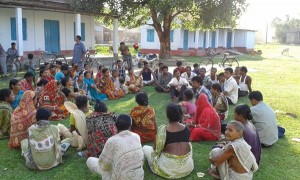
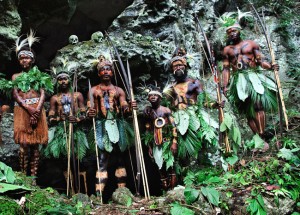
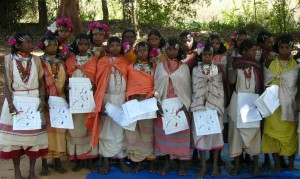

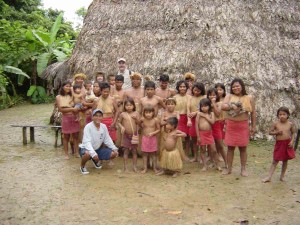



 Allow notifications
Allow notifications



